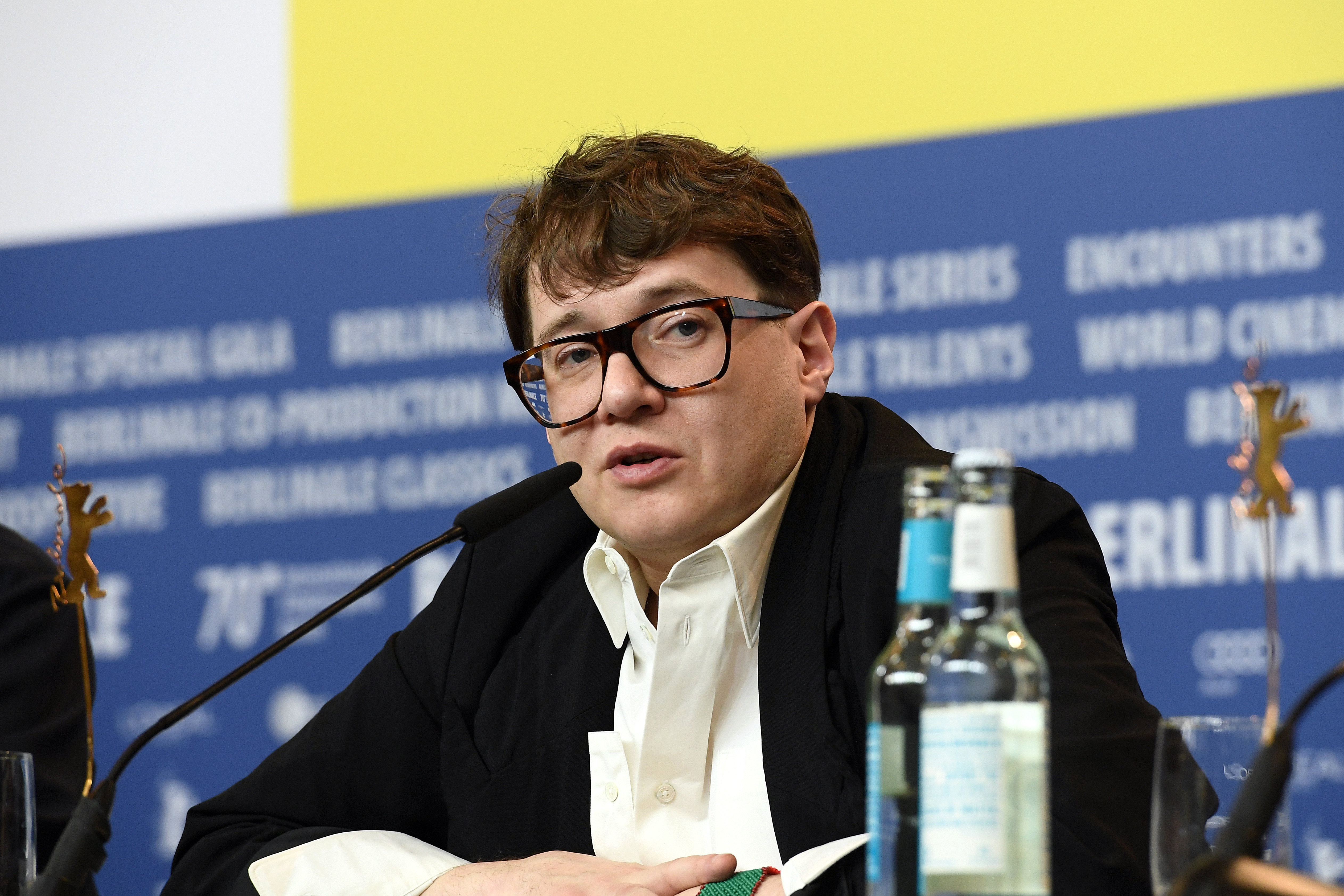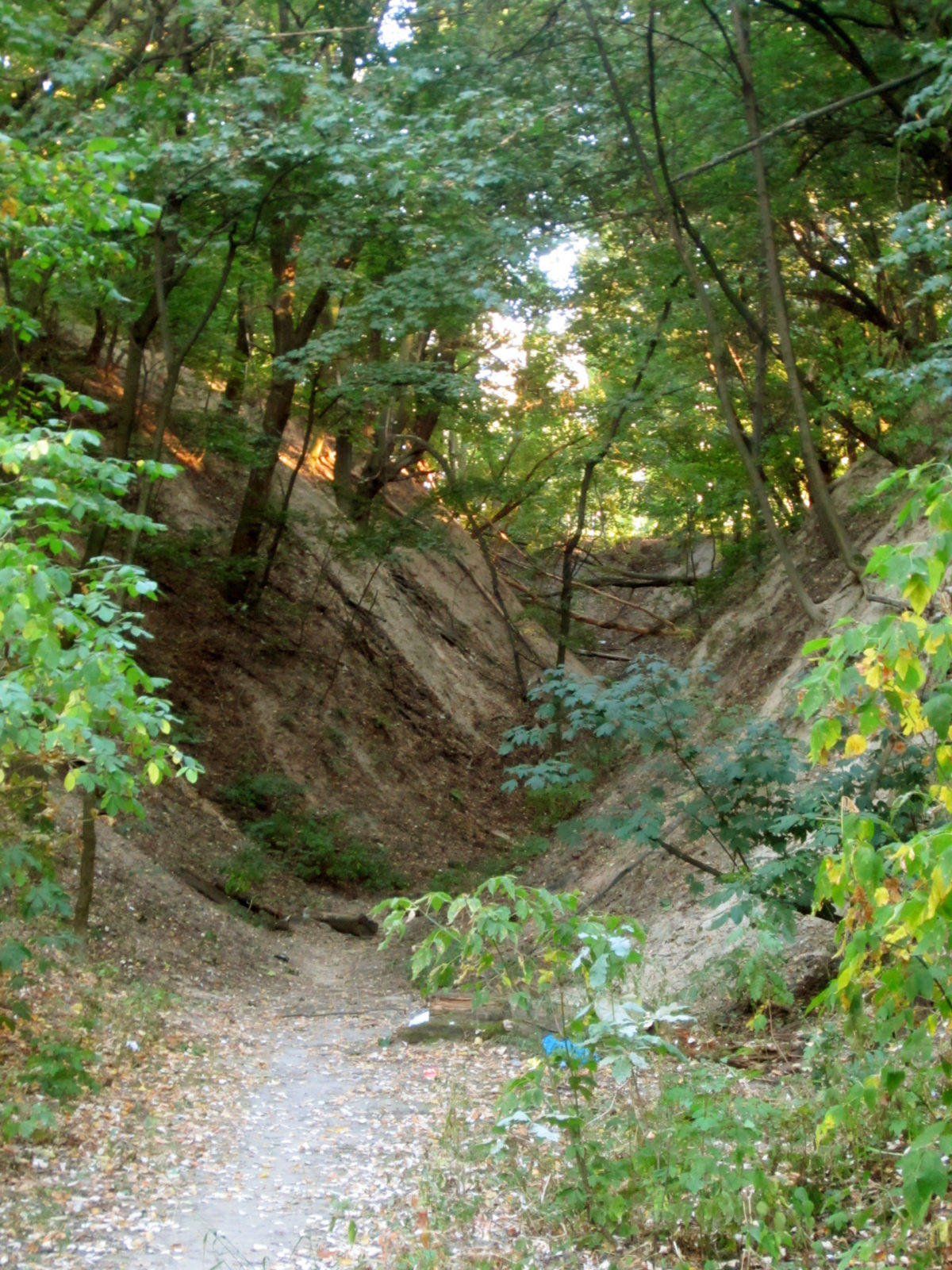Prior to the German invasion of Kyiv, Ukraine on September 19, 1941, some 160,000 Jews—20 percent of the city’s population—lived in the metropolis.
Just 10 days later at Babyn Yar, a forested ravine on the outskirts of Kyiv, SS and German police units marched thousands of Jewish civilians to their deaths. Under the guidance of Einsatzgruppe C death squads and detachments from Sonderkommando 4a—concentration camp prisoner work teams—33,771 Jewish civilians were massacred in the span of two days.
Now a memorial museum is planned to commemorate the tragic site, that some believe is long overdue. But early in the process, the vision for the museum is drawing controversy over whether it would be an unfitting way to honor the memory of those who perished at Babyn Yar.
It was, according to the United States Holocaust Memorial Museum, a mass killing at an individual location on a scale exceeded only by “the massacre of 50,000 Jews at Odessa by German and Romanian units in October 1941 and by the two-day shooting operation Operation Harvest Festival in early November 1943, which claimed 42,000-43,000 Jewish victims.”
Ultimately, more than 100,000 Jews, Roma, and Soviet political prisoners were murdered at Babyn Yar over the course of the war. Today the plunging, forested landscape is a popular local hangout where unsuspecting pedestrians can walk freely with no notice that they tread on ground once soaked in blood.
Ukraine, part of the “Bloodlands” described by historian Timothy Snyder, has long been a land haunted by its murderous past. Yet, unlike memorials that have been erected in Europe and across the world, the resource-strapped nation has been unable to construct its own major memorial.
Only a “chaotic field of memorials to various groups of victims—Jews, Roma, Ukrainian nationalists, and priests—has been erected in one section of the park, on the side of the highway furthest from the actual site of the murders,” writes The Atlantic.
That began to change in 2016 with the announcement of the privately funded Babyn Yar Holocaust Memorial Center initiative. The memorial is to be headed by Ilya Khrzhanovsky, a Russian filmmaker known for his controversial immersive project “DAU”. Premiering in 2019, Khrzhanovsky’s 13 feature-length films, which comprised the “DAU” project, were met with great skepticism by critics who saw little artistic merit in some of his more graphic work. One film, for example, featured two mentally challenged men who spent the majority of the time fondling each other, naked. Another film led to a criminal investigation in Ukraine as to whether orphaned infants were abused during production. Khrzhanovsky has denied that abuse took place.

As the artistic director for the Babyn Yar memorial, Khrzhanovsky plans for an immersive experience that some critics contend would only be disturbing to visitors. Unveiling his plan in the fall of 2019, Khrzhanovsky stated that each visitor would fill out a questionnaire and take a psychological test upon entering the museum. A computer algorithm would then assign each person the role of either executioner, collaborator, or victim, and the museum experience would be tailored accordingly, Khrzhanovsky said during the presentation.
Visitors might wear virtual reality goggles as they are led down blacked-out corridors, while “So-called deep fake technology might show video re-enactments of the horror with the visitors’ own faces pasted onto characters in the scenes. The presentation notes the technology is used to create “fake celebrity pornographic videos” but might be repurposed for Holocaust remembrance,” writes The New York Times.
The presentation notes that the museum’s aim is to create a “challenging and sometimes shocking emotional journey with ethical choices at its core.”
Since fall, Khrzhanovsky’s plans have been met with stunned disbelief—The Wall Street Journal likens it to another Stanford prison experiment––the 1971 psychological experiment on the effects of perceived power—and numerous historians involved in the original museum concept have resigned in protest.
Karel Berkhoff, an historian at the Institute of War, Holocaust and Genocides in Amsterdam and a former chief historian for the project, resigned after the new design was unveiled. “How can these plans be appropriate in dealing with the Holocaust and at a former Holocaust site?” he wrote. “Where is the sensitivity and restraint?”
In April of this year, Dieter Bogner, an Austrian art historian and leading museum design specialist, wrote a heated resignation letter, saying the “core exhibit dangerously approaches the impression of a Holocaust Disney.”
Adding to the uproar is the possibility of an “urban playground” for adults to end the experience on a “light” and hopeful conclusion. Khrzhanovsky’s plan also proposes to have food as a “conceptual experience.” “Depending on their test score,” the museum “will offer visitors the types of food that were available to different groups during World War II in Ukraine: for example, prisoners, Germans and collaborators.”
The museum plans to open in 2025 at a cost of $100 million. And in a nation that is predominately virulently anti-Russian, the heavy influence of Russian oligarchs aiding in the creation of the museum is further adding to the discord. The project has taken multiple million-dollar donations from those oligarchs, potentially affording them outsized influence over delicate decisions on commemoration, a touchy area given the ongoing anti-Russian sentiment in Ukraine.
Those at the helm of the private project hope to stem the growing public outcry, but for many historians and civilians alike, the planned memorial misses the mark.
“Ilya Khrzhanovsky impressed you by simply superficially copying the well-known exhibition methods and opportunities to attract audiences, which were thoughtlessly taken from the vast expanses of the Internet,” writes Bogner. “The presentation wants to create the impression of a vision for the future. But this is not the case, because it lacks the most important element: thoughtful content and sensitivity to historical knowledge.”
*The Babyn Yar Holocaust Memorial Center and Khrzhanovsky could not be reached for comment at the time of publication.

